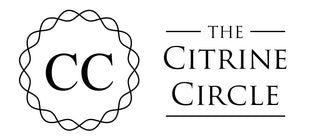Crystals that end in 'ite' doesn't mean that they're going to dissolve, be damaged by water, or are toxic. The suffix 'ite' is recommended by the CNMNC (Commission On New Minerals Nomenclature and Classification) as a way to standardise crystal and mineral names.
As well as ending the mineral name with 'ite', there are also guidelines for the main part of the name as well, so 'sparklyrockite' wouldn't necessarily be accepted. There are a few main choices for inspiration when naming a new mineral or crystal find.
Often they are named after a person with standing in the mineralogical world (ie Kunzite after George Kunz, Prehnite after Colonel Hendrik von Prehn)
Another popular option is to name it after the chemical composition. This often comes from Greek or Latin, so copper minerals often have derivatives of the Greek 'chalkos' meaning copper, such as Chalcopyrite or Chalcoite.
The third option is to name it after the place it was discovered, this was often the case with old obsolete names, and is also the case with some trade names that are not officially recognised. Labradorite for example is named after Labrador in Canada.
The last main choice is to name it after the physical attributes of the crystal or mineral - for example Eudialyte gets its name from the Greek 'eu dialytos', translating to well decomposable, referring to it's level of solubility in acid.

